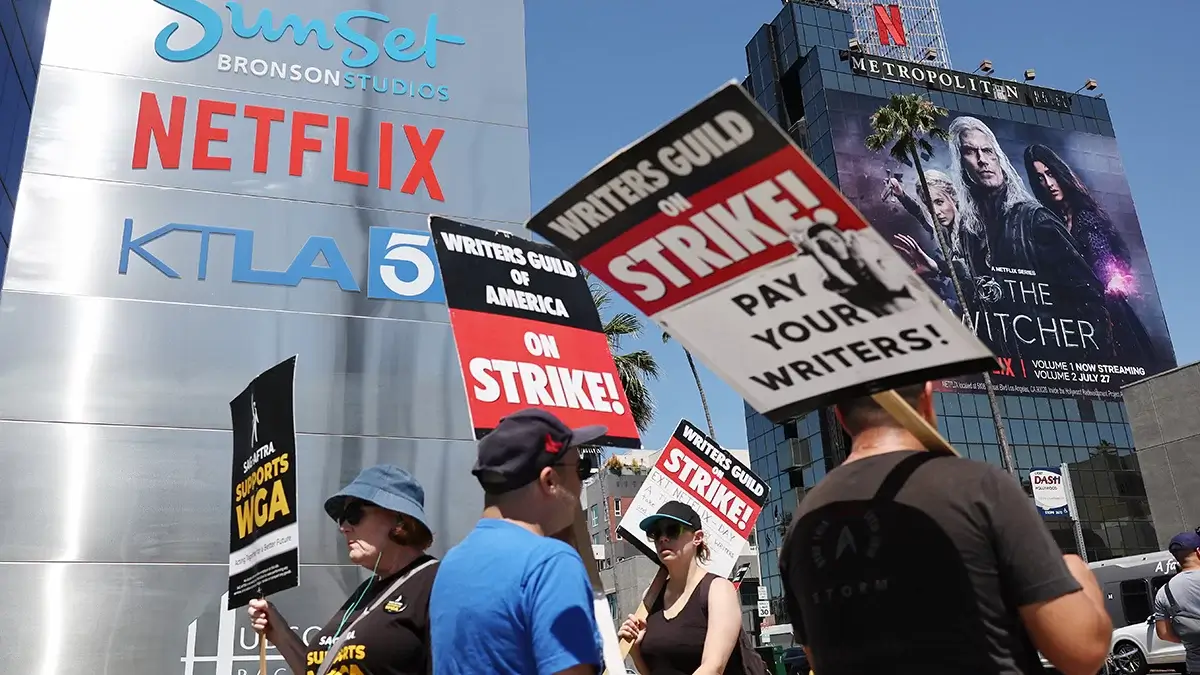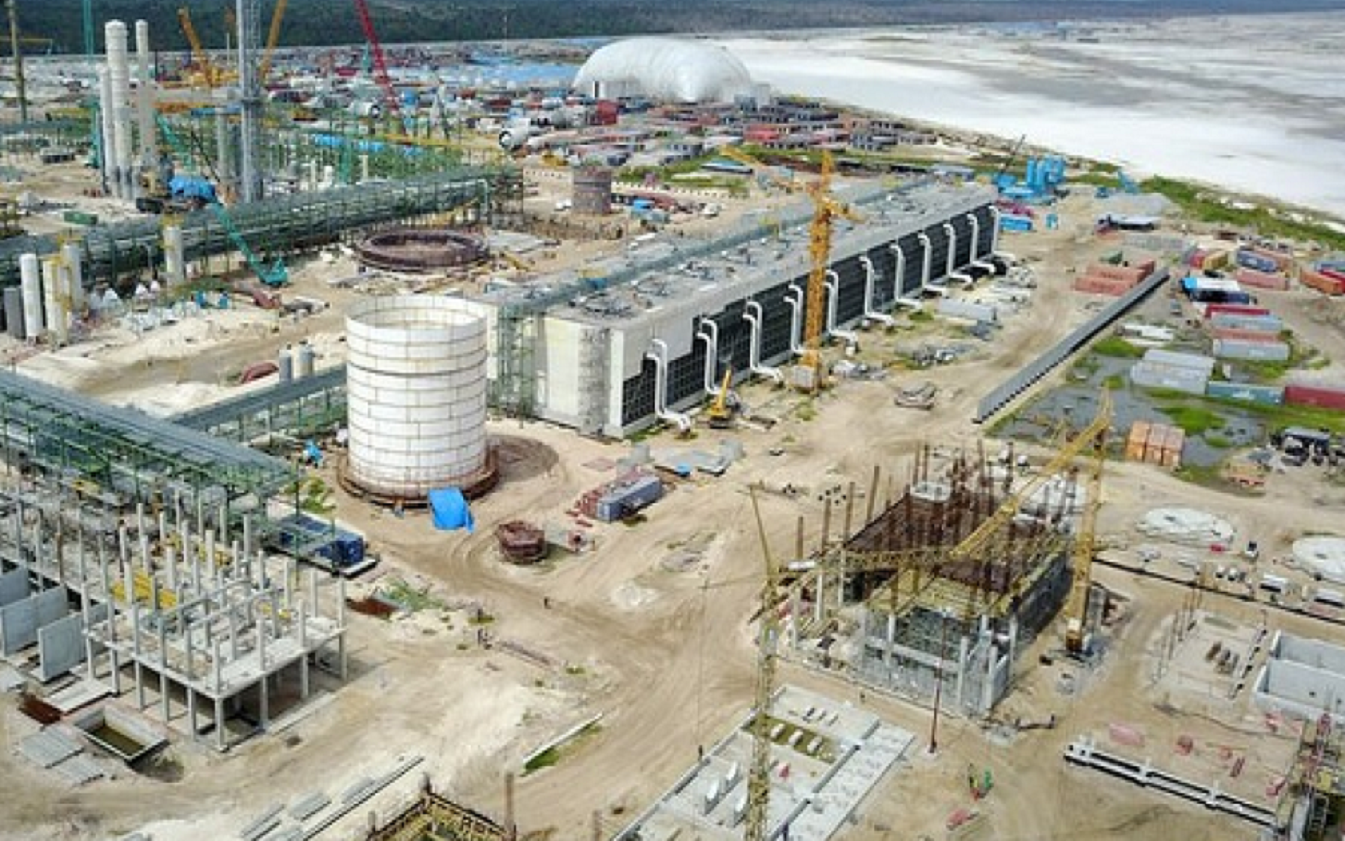WGA And SAG-AFTRA Strike: What It Means For Hollywood Productions

Table of Contents
The Core Issues Fueling the Strikes
The strikes are fueled by a range of critical issues impacting both writers and actors in the evolving entertainment landscape. These issues stem from fundamental changes in how content is produced, distributed, and compensated for in the streaming era.
WGA's Demands: Fighting for Fair Wages and Protecting Against AI
The WGA's strike is driven by a need for fair wages, particularly concerning residuals in the streaming era, and protection against the increasing use of artificial intelligence (AI) in writing. Their demands include:
-
Fair Streaming Residuals: Traditional television models provided writers with residuals based on reruns and syndication. Streaming services, however, often pay a flat fee, regardless of viewership. This drastically impacts writers' long-term income. For example, a writer might earn significantly less from a hugely popular streaming show compared to a moderately successful network show in the past.
-
Minimum Staffing Levels: The WGA is advocating for minimum staffing levels on productions to ensure writers aren't overworked and underpaid. Over-reliance on fewer writers leads to decreased quality and exploitation.
-
AI Protections: The WGA is demanding protections against the use of AI to replace human writers. Concerns exist about AI being used to generate scripts, potentially undermining writers' livelihoods and creativity. The union wants clear guidelines and regulations to prevent this.
The shift to streaming has dramatically altered writers' income streams. While viewership numbers for many shows are higher than ever, the compensation models haven't adapted to reflect this changed landscape, leaving many writers struggling to make a living.
SAG-AFTRA's Concerns: Fair Wages, Self-Tape Exploitation, and the AI Threat
SAG-AFTRA's concerns mirror those of the WGA, focusing on fair wages, the exploitation of actors through self-tapes, and the rapidly growing threat of AI. Key concerns include:
-
Fair Compensation for Streaming: Similar to the WGA, SAG-AFTRA is fighting for fair compensation for work on streaming platforms, arguing that current models undervalue actors' contributions. Inflation is further exacerbating this issue, eroding the purchasing power of actors' salaries.
-
Self-Tape Exploitation: The increased reliance on self-tapes, where actors film their auditions at home, has eliminated traditional audition fees and created a system where actors bear the costs of production. This constitutes exploitation of their labor.
-
AI's Impact on Actors' Performances: SAG-AFTRA is deeply concerned about the potential for AI to replace actors' performances, using their likenesses and voices without consent or proper compensation. They seek regulations and safeguards to protect actors from this emerging threat.
The Impact on Hollywood Productions
The combined WGA and SAG-AFTRA strike has had a devastating impact on Hollywood productions. The ripple effects are far-reaching and impact numerous aspects of the industry.
Production Shutdowns: A Near-Total Halt
The strike has brought nearly all major film and television productions to a complete standstill. High-profile projects like Dune: Part Two, The Marvels, and numerous television series have been significantly delayed or shut down completely.
Delays in Release Schedules: A Domino Effect
The production shutdowns are causing significant delays in release schedules for upcoming films and television shows. This has a ripple effect on marketing and distribution schedules, impacting studios' financial planning and potentially altering the competitive landscape.
Economic Ripple Effect: Beyond the Studios
The economic impact extends far beyond the studios and production companies. Related industries like catering, transportation, and hospitality are experiencing job losses and financial hardship. Estimates of the economic cost of the strike reach billions of dollars, demonstrating the industry's substantial contribution to the economy.
Potential Outcomes and Negotiations
The outcome of the strikes remains uncertain, with several potential scenarios playing out.
Possible Scenarios: Resolution, Standoff, or Long-Term Change
A quick resolution is possible if both sides find common ground and reach a compromise. However, a prolonged standoff could lead to further economic damage and long-term changes to the industry structure. The possibility of concessions from both sides is crucial to a successful resolution.
The Role of Streaming Services: Shaping the Future of Entertainment
Streaming services play a pivotal role in these negotiations, as their business models have significantly contributed to the issues raised by the unions. Their willingness to negotiate fair compensation and address concerns about AI will greatly influence the outcome. The strike could potentially force a reevaluation of their business practices and reshape the industry's future.
Conclusion
The WGA and SAG-AFTRA strikes represent a critical juncture in Hollywood's history. The core issues—fair compensation, the impact of streaming, and the ethical use of AI—demand careful consideration and a commitment to finding equitable solutions. The duration and ultimate outcome of the strikes will significantly shape the future of film and television production. The impact on the livelihoods of writers and actors, as well as the wider economic consequences, underscores the gravity of this labor dispute.
Call to Action: Stay informed about the ongoing WGA and SAG-AFTRA strike by following reliable news sources and industry updates. Understanding the intricacies of this Hollywood labor dispute is crucial to comprehending the evolving landscape of entertainment production. Learn more about the WGA and SAG-AFTRA strike and its ramifications to better understand the future of film and television.

Featured Posts
-
 Young Thugs Back Outside Anticipation Builds For The New Album Release
May 09, 2025
Young Thugs Back Outside Anticipation Builds For The New Album Release
May 09, 2025 -
 Nyt Spelling Bee April 1 2025 Complete Word List And Strategies
May 09, 2025
Nyt Spelling Bee April 1 2025 Complete Word List And Strategies
May 09, 2025 -
 Playoff Bound Golden Knights Secure Spot Despite Loss To Oilers
May 09, 2025
Playoff Bound Golden Knights Secure Spot Despite Loss To Oilers
May 09, 2025 -
 Dangote And Nnpc Examining The Impact On Nigerias Fuel Costs
May 09, 2025
Dangote And Nnpc Examining The Impact On Nigerias Fuel Costs
May 09, 2025 -
 February 15th Nyt Strands Solutions Game 349 Complete Guide
May 09, 2025
February 15th Nyt Strands Solutions Game 349 Complete Guide
May 09, 2025
